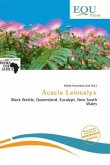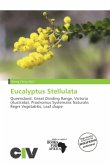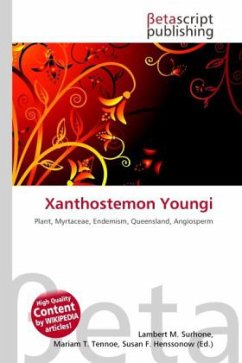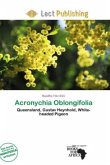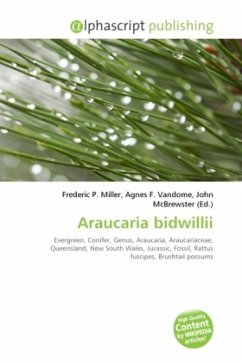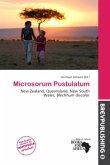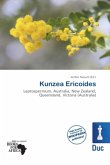Please note that the content of this book primarily consists of articles available from Wikipedia or other free sources online. Acacia longifolia is widely cultivated in subtropical regions of the world. Its uses include prevention of soil erosion, food (flowers, seeds and seed pods), yellow (from the flowers), green dye (pods) and wood. The flower colour derives from the organic compound . The tree's bark has limited use in tanning, primarily for . It is useful for securing uninhabited sand in coastal areas, primarily where there are not too many hard frosts. In South Africa at least, the wasp has been introduced from Australia, and has spread rapidly, achieving substantial control. The effect on the trees has been described as drastic seed reduction (typically over 90%) by galling of reproductive buds, and indirect debilitation of the affected plant by increased abscission of inflorescences adjacent to the growing galls. The presence of galls also caused leaf abscission, reducing vegetative growth as well as reproductive output.
Bitte wählen Sie Ihr Anliegen aus.
Rechnungen
Retourenschein anfordern
Bestellstatus
Storno


